
Introduction
For those who do not know, conjunctiva is a loose type of connectivetissue. There is the bulbar conjunctiva which covers the surface of the eyeballand the palpebral conjunctiva which is actually the inner layer of the eyelid.Conjunctiva meets the cornea at the limbus and it is known for adhering to thesclera rather firmly. Conjunctiva is also responsible for containing the gobletcells and the accessory lacrimal glands. These organs are in charge of keepingthe eyes lubricated in a proper manner. Conjunctivitis is one of the mostcommon medical conditions which are associated with the eyes. This medicalcondition can be characterized as an inflammatory condition of the conjunctivaand in most cases it is usually referred to as pink eye. Conjunctiva is amucous membrane so it is fairly normal to expect that a large number ofdifferent types of infectious agents may adhere to it, mess with the functioningof different mechanisms of defense and ultimately lead to symptoms such asphotophobia, irritation, discharge and redness. Conjunctivitis may betriggered by a large number of differentagents but the most common ones include allergic, chemical, chlamydial, toxic,parasitic, fungal, bacterial and vital agents. The most common types of conjunctivitisare triggered by viral agents, and they usually occur mostly in spring or latefall. Conjunctivitis may also be classified by the course of the disease or theage of occurrence. Acute conjunctivitis is a fairly common medical conditionand it is caused by both viral and bacterial factors in equal proportions.Bacterial conjunctivitis usually occurs during winter or spring, while itsviral counterpart occurs more during the hot months of summer. Most cases ofconjunctivitis are self limited and are mostly benign, but in some cases theymay evolve into much more severe medical conditions which tend to even be sightthreatening.
Viral Conjunctivitis
Viral conjunctivitis is often associated with exposurehistory, minor levels of painful sensations and an acute onset. It is commonlyaccompanied by a watery discharge and pruritus, while in some cases photophobiaand foreign body sensations may occur as well. Chlamydia and herpes simplex canbe present in some cases and the same can be said for the follicularconjunctival change and preauricular adenopathy. In most cases, the conditionis self limited for periods of time which are no longer than two weeks, but insome cases, several symptoms may be present for up to 6 weeks. The most commontreatment methods include saline irrigation and prescription antibiotics.


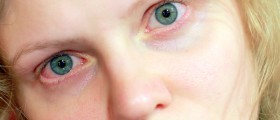
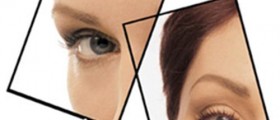


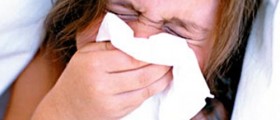
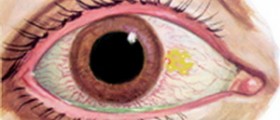


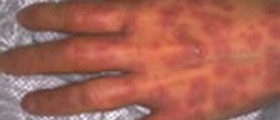


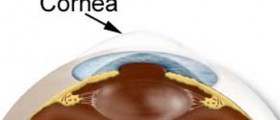


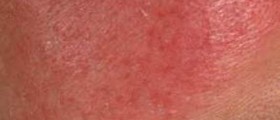
Your thoughts on this
Loading...